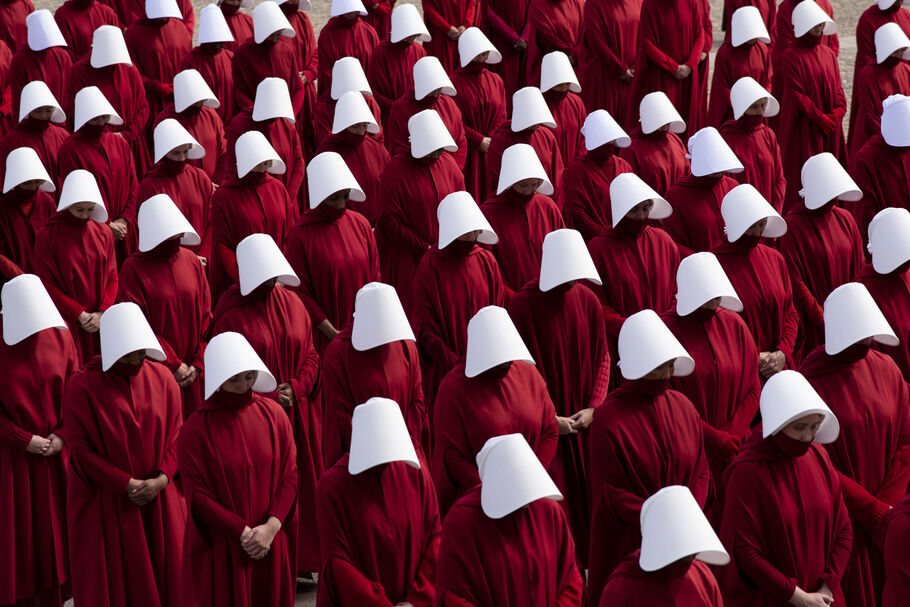Red vs Green in the 2024 Global Women’s Strike and Day of Action
Do we wear red or do we wear green?
You may have noticed conversations surrounding the 2024 Nationwide Women’s Strike and Day of Action on social media platforms such as Tiktok or Instagram – discussions, and sometimes even discourse, surrounding what these colors mean and why it matters.
The national organization Women’s March is leading the grassroots-originated efforts to protest on the two-year anniversary of the Supreme Court decision on Dobbs v. Jackson – the decision that overturned Roe v. Wade – a effort titled “We Won’t Go Back” that has quickly gained traction, thanks to social media.
Posts on Tiktok are often seen with conflicting colors and calls to wear green instead of red. However, both of these colors have significant symbolic meanings rooted in historical and cultural contexts related to reproductive rights and women’s rights movements.
The color red is often associated with a broader labor movement and has been adopted by many women’s rights activist groups to symbolize the fight against gender-based violence, exploitation, and economic inequality. It reflect the spirit of solidarity and resistance against systemic injustices faced by women. It is linked to International Women’s Day and various historical strikes in history, where it symbolizes strength, courage, and the demand for equality and justice.
The color green has become an international symbol for the fight for reproductive rights, originating in Latin American countries such as Argentina. Wearing green is a way to advocate in global solidarity for legal abortion and broader reproductive rights, and symbolizes hope, freedom, and the fight for bodily autonomy.
Other notable colors in movements, protests, and strikes across the country have also included pink and black.
One of the points of contention with the colors of the nationwide women’s strike is the association of red with MAGA Republicans and Trump supporters. However, many movements across the country choose to use red anyway to “take back” the color, stating that it does not necessarily reflect party alignment. The color red goes back in history as part of the suffragette movement, and red lipstick was often worn as a sign of protest, even all the way back to the 18th century when women were condemned for wearing red lipstick. One commentor stated that “taking back the color red can symbolize liberation from oppression and resilience”.
Red is also the notable color of the cloaks worn in The Handmaid’s Tale, a tv-show adaptation from a popular feminist book by Margaret Atwood of the same title. The Handmaid’s Tale highlights a dystopian society in which patriarchal oppression results in the complete loss of women’s rights and autonomy. In the fictional Republic of Gilead, women are forced into a role of reproductive vessels for the ruling class. The novel explores themes of power and control over women, and serves as a warning against the erosion of civil liberties.

Many commenters across TikTok also note that the color red can be interpreted as a color of oppression and subjugation, and advocate for the color green instead as a symbol for hope and change.
The Women’s Strike 2024 TikTok account, which was the original grassroots organization leading the efforts for a nationwide strike, confirmed that individuals may choose to wear green, but that they do not approve of perpetuating a narrative where participants are divided over which color to wear or are dissuaded from wearing red at all.
The Minot Women’s Network stands on the principle that the color you choose to wear ultimately does not matter – what matters is that you show up and make your voice heard.
For individuals interested in participating in the Minot Women’s March on June 24th, 2024, more information can be found here.
We will also have free t-shirts, buttons, signs, and other items available at the march for anyone who joins!

